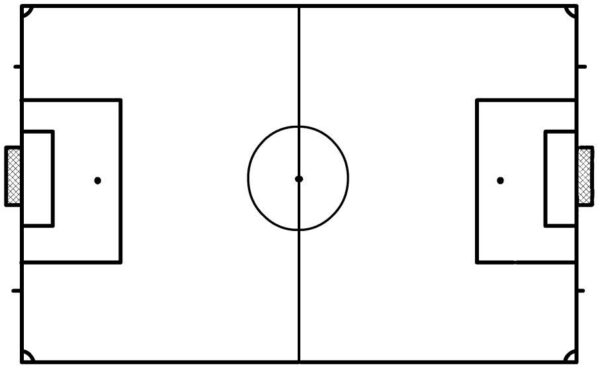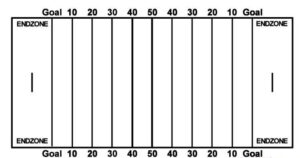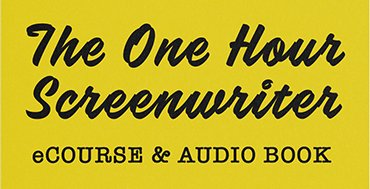The Emotional Playing Field

The audience expects certain kinds of characters to inhabit certain kinds of
stories. An apt analogy is when fans go to see a European football match,
they don’t expect to see men in shoulder-pads, helmets, and players
weighing 300 pounds. When fans go to see an American football game,
they don’t expect to see goal nets, lithe lean players in shorts, and games
that end in a tie.
Football, hockey, tennis, baseball, and basketball—each is a different kind
of game (and playing field) with clearly defined objectives, boundaries, and
arenas of contest, conflict, and conquest. Each game has a particular kind
of athlete that excels on that field.
A 300-pound American football player would be a terrible jockey or polo
player. A great jockey would be a terrible American football player. Neither
has the constitution or physical attributes to excel in the other’s sport.
A character’s emotional playing field defines the framework for a character
and a story. Different character attributes are necessary to propel different
stories. Powerful internal forces create the rules that establishes a
particular type of character and type of story to an audience. A very specific
combination of forces creates very specific kinds of characters.
There are nine Character Types. Use the search function on the website to
find dozens of examples of characters propelled by:
1. The Power of Idealism
2. The Power of Conscience
3. The Power of Excitement
4. The Power of Love
5. The Power of Will
6. The Power of Reason
7. The Power of Truth
8. The Power of Imagination
9. The Power of Ambition
Don’t all characters have a conscience, ambition, idealism, will, reason
etc.? True, in the broadest sense of those words. But I’m using those words
much more specifically, as a “term of art.” A term of art is a word or
phrase that has a precise meaning in the context of a particular subject
area.


In the Emotional Toolbox approach, each of these terms is the name of a
combination of emotional forces that drives one particular Character Type
through a story.
No Character Type is inherently good or bad. Each simply views the world
differently, has specific values and reacts uniquely to any challenge,
opportunity or threat. Alternatively, each has a specific kind of fear that
drives the character to act against his or her best instincts or against the
interests of others.
Any Character Type can work for good (and be a hero) or do evil (and be a
villain) or be ambiguous (and be an anti-hero).
Any Character Type can be a doctor, a prostitute, a parent, an artist, a
lover, a drug addict, a teacher, a garbage collector, a political leader or play
any other kind of role. Each Character Type, however, has a unique
motivation for choosing a particular social role, job or profession or a
distinctive motivation for choosing to descend into vice, crime, or violence.
Character Type define HOW a character does what they do and WHY they
do it.




Create a visual map for a character’s emotional journey. Pull stories from character rather from rote story structure beats. Some of the largest international media companies, use this in story and character development.


A clear concise guide for writers and producers to have by their side as they embark on a project. It gives a really vital reminder of what is key for story success.

No comment yet, add your voice below!